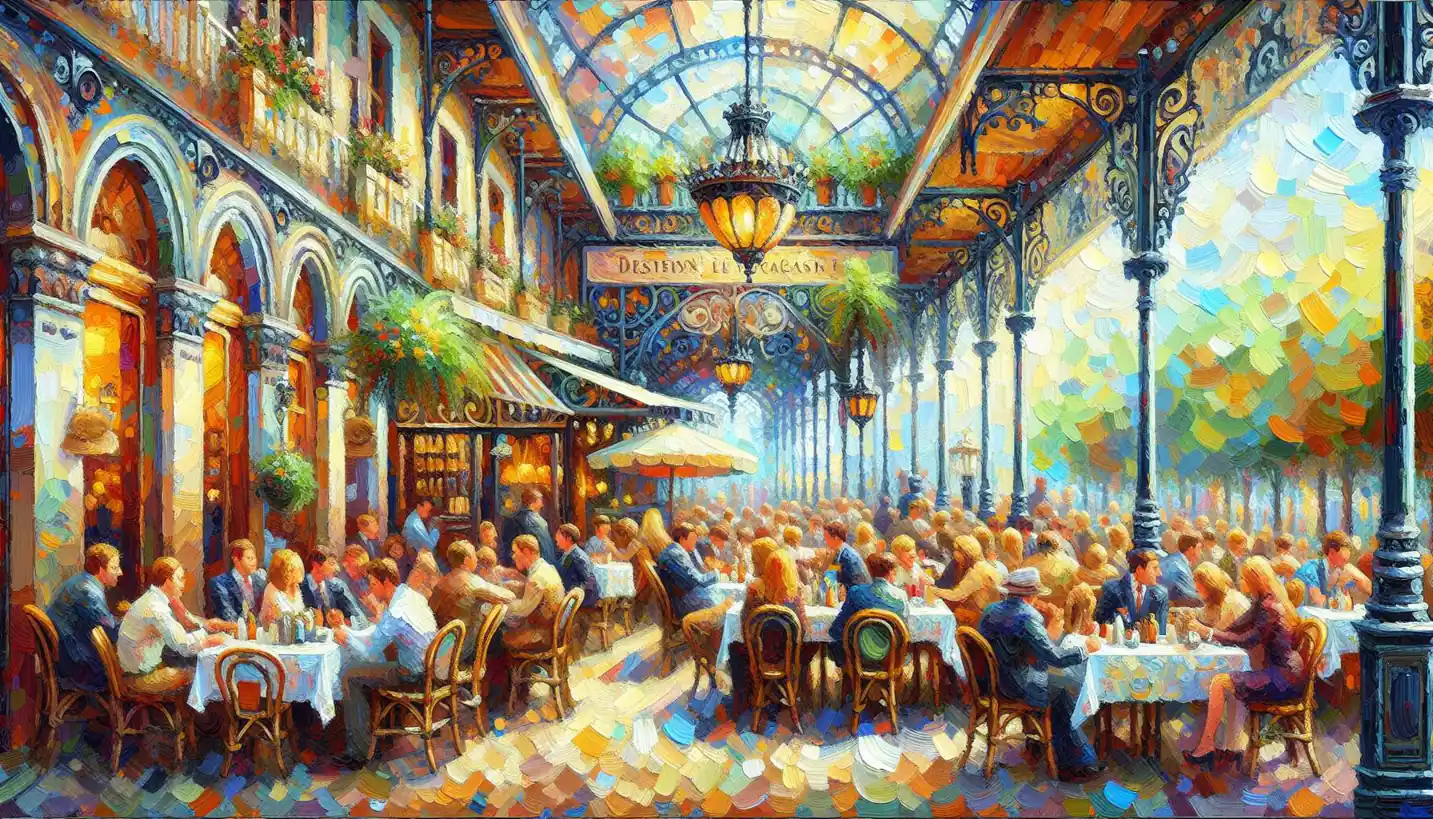· Art · 5 min read
Field Recording: Exploring the World Through Sound Art
Field recording lets you explore the world through the lens of sound art, capturing audio landscapes rarely noticed. Uncover hidden auditory treasures in everyday environments.

Sound has a way of capturing our attention and taking us on journeys that words or pictures sometimes can’t. Field recording is a fascinating part of sound art, where artists step outside to capture the symphony of life around us. But what exactly is field recording, and why is it so captivating?
Field recording involves capturing sounds from the environment anywhere outside a controlled studio. It could be the rustling of leaves, the distant hum of a city, the gentle lapping of waves, or even the chirping of crickets at night. Sound artists use various recording devices to document these sounds as raw and authentic experiences.
Imagine standing on a busy street corner with your eyes closed. The sound of cars rushing by, snippets of conversation, and the occasional distant siren all paint a picture of urban life. This is the essence of field recording—capturing the world as it is and preserving it for exploration and reflection.
The Origins of Field Recording
Field recording has roots stretching back to the early 20th century. Initially, it was used for research purposes, such as documenting animal sounds for scientific studies. As technology advanced, portable recording equipment became more accessible, and artists began to see the potential beyond academia.
By the mid-20th century, field recording had become a distinct form of art. Artists like Bernie Krause and Chris Watson began exploring the creative possibilities, weaving environmental sounds into compositions that told stories without words. Their work opened the doors to new ways of experiencing the world.
The Tools of the Trade
Modern field recording requires a few essential tools: a good-quality microphone, a portable recorder, and often, a set of headphones. Microphones can pick up a range of sounds, from the softest whispers of wind to loud, booming thunder. Portable recorders allow artists to capture high-quality audio while on the move.
Some artists also use specialized equipment to isolate low-frequency sounds or enhance particular audio characteristics. The choice of equipment often depends on the type of environment and the specific sounds the artist aims to capture.
Creative Expression Through Sound
Field recordings can serve as standalone pieces or be incorporated into broader compositions. Some artists create soundscapes, which are like audio paintings, using layers of recorded sounds to evoke a place, mood, or emotion. Others blend these natural sounds with music or spoken word to create experimental works that challenge the boundaries of traditional art forms.
For instance, a sound artist might overlay the gentle flow of a stream with the calls of forest birds and distant thunder, creating an immersive experience that transports listeners to a rainy woodland. This type of work encourages audiences to experience familiar environments in new and reflective ways.
Sound in Everyday Life
We often overlook the soundtrack of our daily lives. Yet, field recording invites us to pause and consider how sound shapes our experiences. It turns the mundane into something extraordinary by highlighting the music in everyday noise.
By listening to field recordings, people may develop a deeper appreciation for the small details—the rustle of leaves, the pattern of rain against a window, or the soft murmur of a crowded café. This awareness can enrich our understanding of the world and how we interact with it.
The Impact of Technology
With advancements in technology, anyone with a smartphone can engage in field recording. There are countless apps and online platforms where amateur and professional sound artists share their work. This democratization has led to an explosion of creativity, with individuals capturing and documenting their acoustic environments like never before.
The accessibility of field recording technology has also led to global connections. Artists from different parts of the world can share recordings, offering each other and listeners insights into diverse cultures and places through the universal language of sound.
The Future of Field Recording
As technology continues to evolve, the possibilities for field recording are expanding. Virtual reality and immersive media are opening new avenues for sound art. Imagine putting on a VR headset and being transported to a bustling market in Marrakech or a serene forest in Japan—all through sound.
Additionally, awareness of environmental issues is increasing, and field recording plays a crucial role in conservation efforts. By documenting the sounds of endangered habitats, sound artists can raise awareness and encourage efforts to preserve these vital soundscapes for future generations.
Engaging with Your Own Soundscape
Getting started with field recording is simpler than you might think. Next time you go for a walk, take a moment to listen carefully to your surroundings. What do you hear? Try using your phone to record a few minutes of audio—whether it’s in your backyard or on a busy street. You might be surprised by the richness and variety of sounds you capture.
By tuning into the auditory world around us, field recording encourages us to slow down and embrace the beauty of the everyday. It’s about finding art in the natural, unscripted sounds that fill our lives.
So, the next time you step outside, think about how field recording enables us to explore the world in a unique and intimate way. Whether you’re a seasoned artist or just starting to explore the world of sound, there’s a whole universe of acoustic wonders waiting to be discovered.


